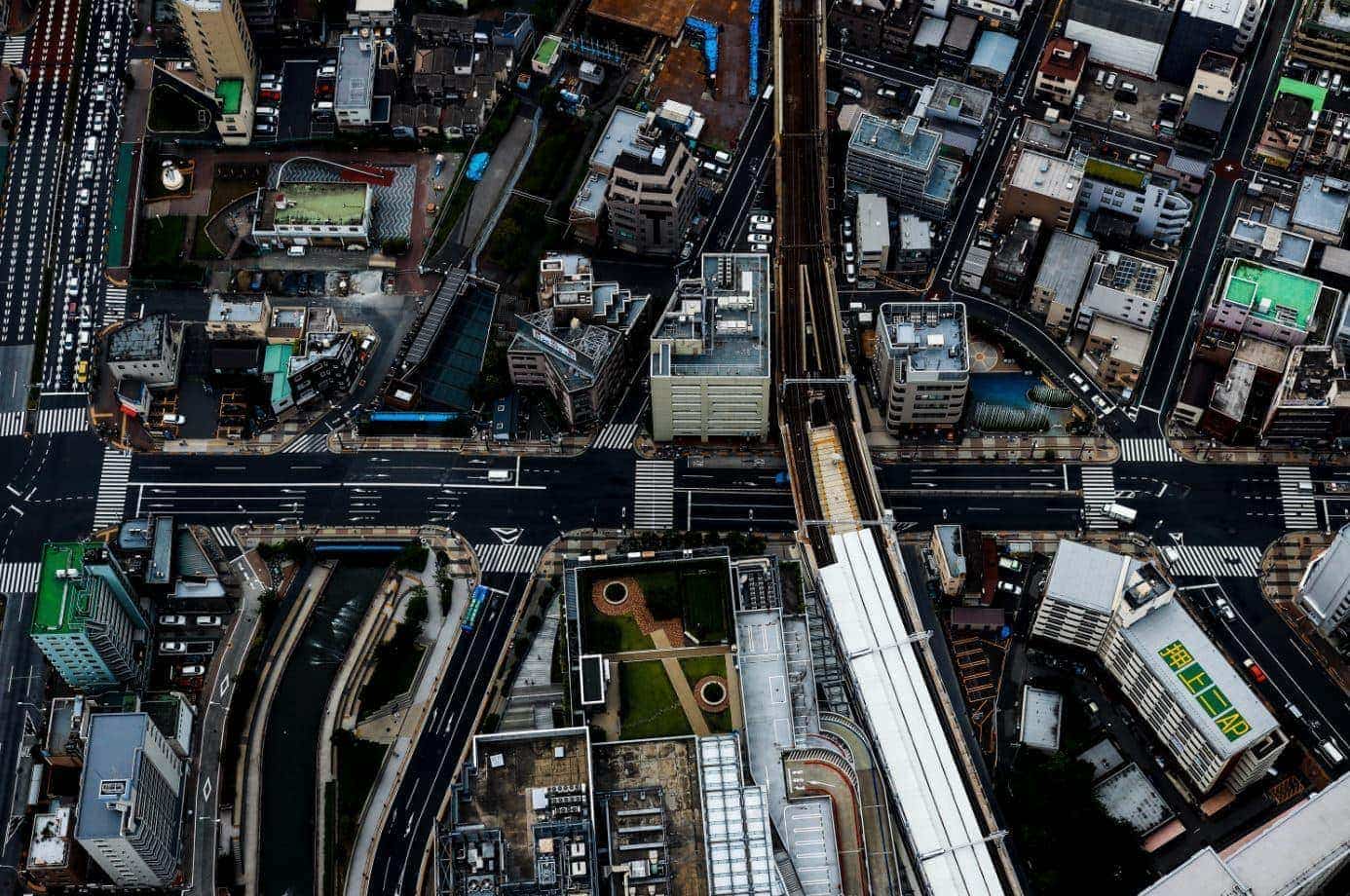
There is a tangible excitement around ‘new mobility.’ Led by technological developments in autonomous vehicles, business model revolution in the vehicle and rideshare world, as well as the promise of social benefits associated with safer, less congested, and polluted streets. The future, it would seem, is attractive and we should go there quickly, right?
But how? Ask any expert or regular person ‘what is the future of urban mobility?’ The result tends to show a variety of descriptions from different ‘flying cars’ (heavy payload drones) to smiling commuters, reclining and reading iPads in autonomous limousines. Either way, the images reflect the reality in the medium to long term but very few consider the short to medium term and what are the immediate developments that allow those longer-term visions to come to pass?
The reality of the transition from the ‘current mobility’ we see in our cities, to the future state, is probably an uncomfortable time where autonomous vehicles are initially in the minority on our streets up to the time that the last manual-drive car is being steered through the future metropolis. Equally, imagine the first drones delivering new washing machines and fridges to your neighbourhood and the scenario when the sky is full of people and goods being air-lifted from A to B! How much is too much?
Even if there are challenges in the future, the consensus tends to be that ‘new mobility’ has many more advantages than disadvantages. Given that fact, how do we get there?
In a world where new models of use, new vehicles, and new platforms emerge daily, how do cities make sensible, rational investment decisions with public money or allow (or facilitate) suitable private actors to enter the public space and sell their wares?
It is true, in some cases, that vehicle-share models erode public transport patronage and that the likes of Uber disrupt the calm of traditional taxi operators. Has scooter-share taken over from bike-share? Which is the best bike-share model—docked or dockless? I call this the ‘Paralysis of choice’ because the city is facing a bewildering array of apparently brilliant convenient solutions to buy, or encourage, into the city. How fast should the pace of change be to the new mobility world? Too fast and we may see more mountains of Chinese bikes, with consumers not ready to use them, or too slow and we may see city administrations change because they are not keeping pace with their peers.
Certainly, the city should consider what its citizens want and need. People are the centre of how a city should develop and evolve, not technology, political or profit agendas; they are secondary. The future of mobility is about access, choice, convenience, safety, and comfort, and a different solution will work in every different place. Mobility is also just one of the key ‘futures’ for the city and it competes with others, such as health, security, and environment for policy time and budget traction.
Smarter Cities 2025 is a movement focused on ‘building a sustainable business and financing plan’ for the cities of the future. Sponsored by Ferrovial Services and other global companies and supported by leading academics and economists, this report shows the positive return on investment (ROI) for smart city initiatives, demonstrating that the risk is less about investing in the wrong solution and more about not investing at all.

Considering Mobility, Smarter Cities 2025 provides insight from government, business, and citizen opinion and a data benchmarking exercise from over 130 cities from around the world. It shows that benefits associated with Mobility are felt both by the individual (in terms of less fuel, more time, etc) and by wider society (in terms of local economy growth and health improvements). The report shows the phenomenal increase in popularity for car-share and ride-share schemes, for example, and where poorer cities, such as Lagos and New Delhi do not spend enough, according to their citizens and businesses, on mobility whereas richer cities, such as Chicago and Copenhagen spend more than their citizens and businesses expect. Perhaps this balance of ‘what the people want’ is an effective a budgeting tool as any other?!
Cities need not worry about the ‘paralysis of choice.’ Where there is an argument that vehicle-share can reduce public transport use, well-designed systems can complement each other. Where there seems to be a decision about Uber or taxis, think about Uber and taxis. Which is better, scooter-share or bike-share? Accept that different demographics have different preferences and where the consideration is public-led initiatives versus private-led, embrace both.
Whilst the future of mobility is easier to draw, albeit in a fanciful way, consider the following key actions for cities in the next 12 months to develop your journey towards ‘new Mobility´:
- Paint a picture of the future. Develop a vision and represent this version of the future.
- Think about what will work in your city and what will not. Promote the former and hold back the latter.
- Be clear on the role of the city (council). Lead, facilitate, or make room for others.
- Understand what your citizens, businesses, and third sector organisation want, need, and expect. Listen and engage them in everything.
- Consider goods as well as people moving from A to B. Is the transport of people so different?





There are no comments yet